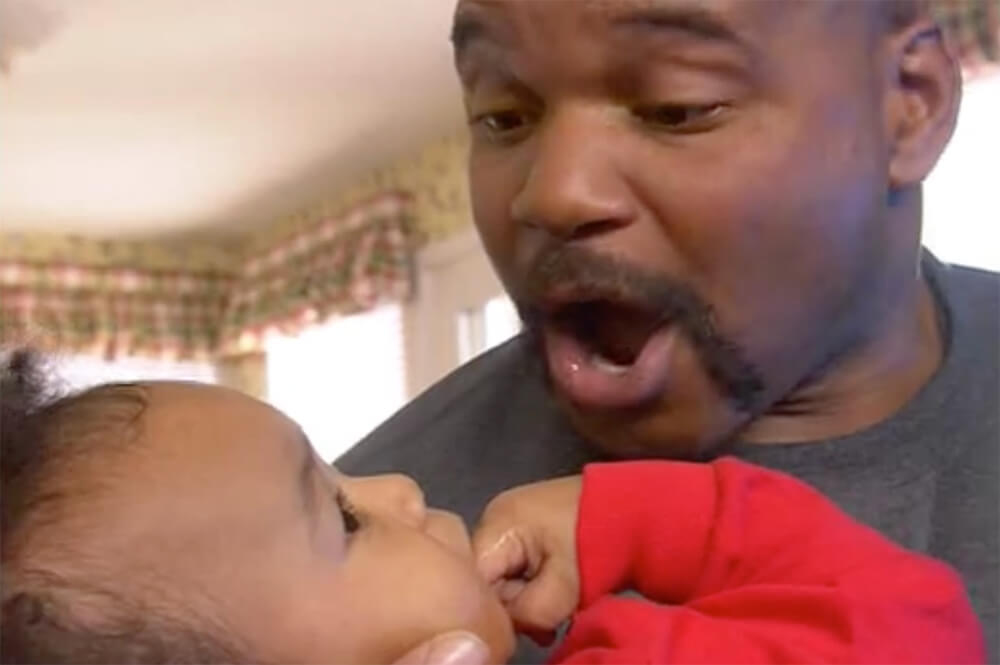Researchers call the special way we talk to babies “motherese” or “parentese.” This sing-song speech, often accompanied by exaggerated facial expressions, seems to be used by nearly everyone who talks to a baby. We all love to do it–mothers, fathers, grandparents, friends, and even preschoolers addressing younger brothers and sisters. And what’s more, babies seem to like it too.
Attachments:
References:
Fernald, A. (1985). Four-month-old infants prefer to listen to motherese. Infant Behavior & Development, 8, 181-195.
Gopnik, A., Meltzoff, A. N., & Kuhl, P. K. (1999). The scientist in the crib: Minds, brains, and how children learn. New York: William Morrow.
Grieser, D. L., & Kuhl, P. K. (1988). Maternal speech to infants in a tonal language: Support for universal prosodic features in motherese. Developmental Psychology, 24(1), 14-20.
Kuhl, P. K., Andruski, J. E., Chistovich, I. A., Chistovich, L. A., Kozhevnikova, E. V., Ryskina, V. L., et al. (1997). Cross-language analysis of phonetic units in language addressed to infants. Science, 277, 684-686.
Kuhl, P. K., & Meltzoff, A. N. (1982). The bimodal perception of speech in infancy. Science, 218, 1138-1141.
Snow, C. E. (1977). The development of conversation between mothers and babies. Journal of Child Language, 4, 1-22.
Thiessen, E. D., Hill, E. A., & Saffran, J. R. (2005). Infant-directed speech facilitates word segmentation. Infancy, 7(1), 53-71.

